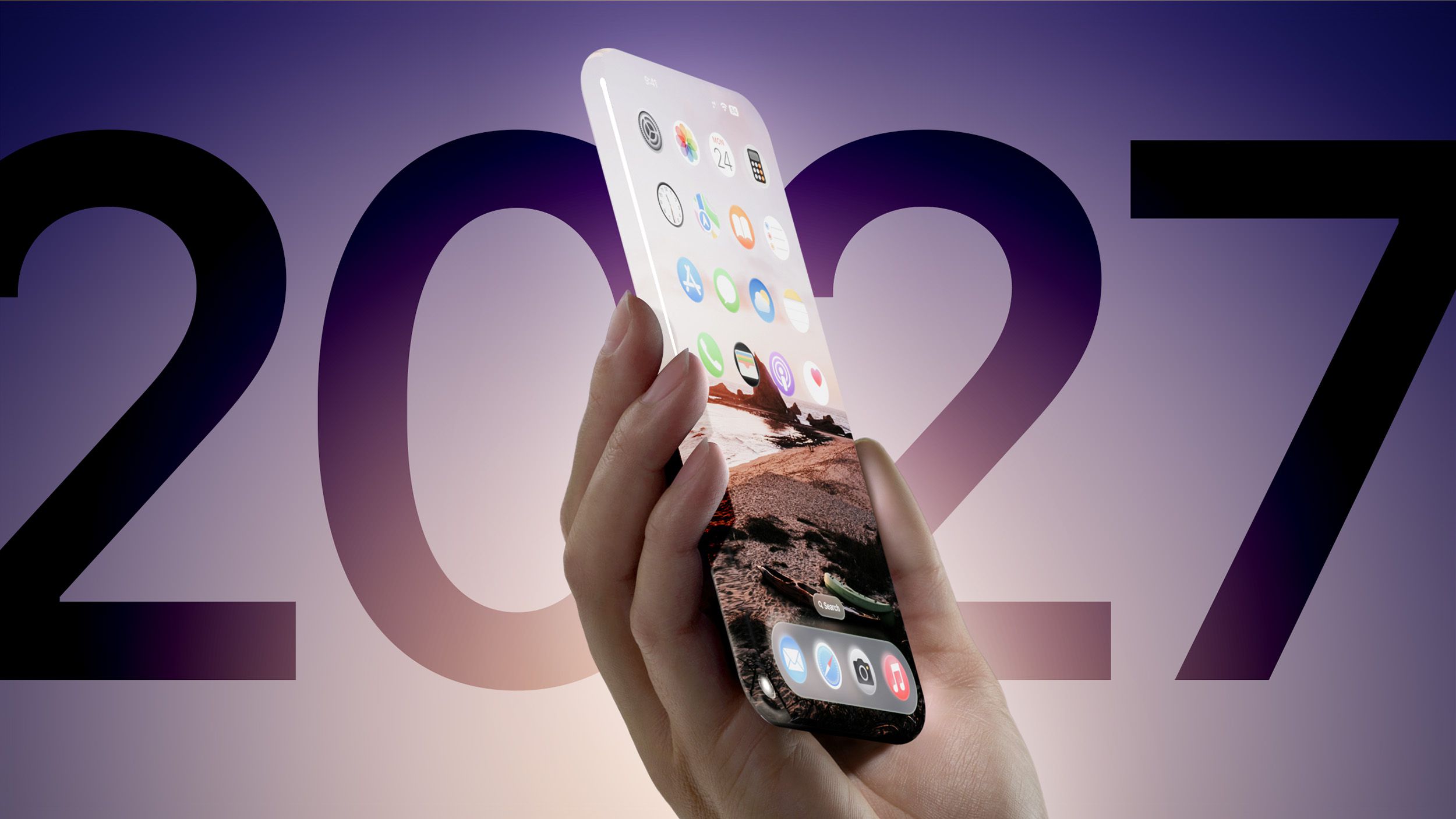- Joined
- Sep 26, 2021
- Posts
- 7,625
- Main Camera
- Sony
That’s the rumor.Do we think the deal mentioned in the article, between Apple and Samsung, relates to this patent?
That’s the rumor.Do we think the deal mentioned in the article, between Apple and Samsung, relates to this patent?
Ok thanks. I was not aware that the rumour was related to this announcement.That’s the rumor.
Ok thanks. I was not aware that the rumour was related to this announcement.
Very interesting turn of events, if true. Apple can likely do to sensors what it did to CPUs and is doing to baseband chips.
I doubt the 18 unless Apple is further ahead on the sensor than has been made public through leaks or otherwise. The 19 would be a good time for a technology breakthrough, since it'll mark the iPhone's 20th anniversary, but a lot would need to happen to make that possible. I'm excited by the prospect, though, since my iPhone has become indispensable for photography.My thoughts as well. What I'm wondering is when their image sensor will come to fruition and into a shipping iPhone. Clearly not the 17. An iPhone 18, a year later, perhaps? That seems kind of iffy. As far as I know, right now it's just a patent with no first silicon to evaluate. Perhaps an iPhone 19?
I think it’s great that Apple is developing its own sensor, a huge benefit being not needing to rely on Sony for image sensors going forward.
Whether 20 stops of dynamic range can be effectively and beneficially post processed with *today’s* displays, image processing tools, and making prints for hanging on a wall for viewing, is currently (in my mind) debatable. It’ll be interesting to see what Adobe comes up with for image processing tools such as Lightroom. No doubt they’re noodling the possibilities today.
That said… it’s great that Apple has made that breakthrough, which may have future benefits. If the sensor does indeed have less noise, that would be a huge benefit *today* for iPhone photography.


Apple's Custom Image Sensor Could Debut in 20th Anniversary iPhone
Apple could debut LOFIC camera sensor technology in its 2027 iPhone lineup, according to new information coming out of Korea. The tech would allow iPhones to capture photos with far more detail in both bright and dark areas of the same shot without losing information in either. LOFIC, or Lateral...www.macrumors.com
Supposedly coming in 20th anniversary phone in 2027. But some competitors supposedly will have the technology next year.
we don’t know if it will be similar to the patent, but it will use the same idea of lateral capacitors to increase dynamic range.Using a similar architecture as Apple's, outlined in their patent?
we don’t know if it will be similar to the patent, but it will use the same idea of lateral capacitors to increase dynamic range.
I don’t want to guess, especially because there’s always a chance I could end up representing one of the parties. I can only say that Claim 1 seems pretty broad, but it may be possible to design the circuit differently and still achieve the same effect of having additional available capacitance for each pixel. But, sometimes in patent law, even doing it a different way could infringe, due to something we call the Doctrine of Equivalence (an example: i patent a stool that’s held together with nails, and you use screws).Would that idea be close enough to infringe, even if implemented in a different manner?
This site uses cookies to help personalise content, tailor your experience and to keep you logged in if you register.
By continuing to use this site, you are consenting to our use of cookies.
